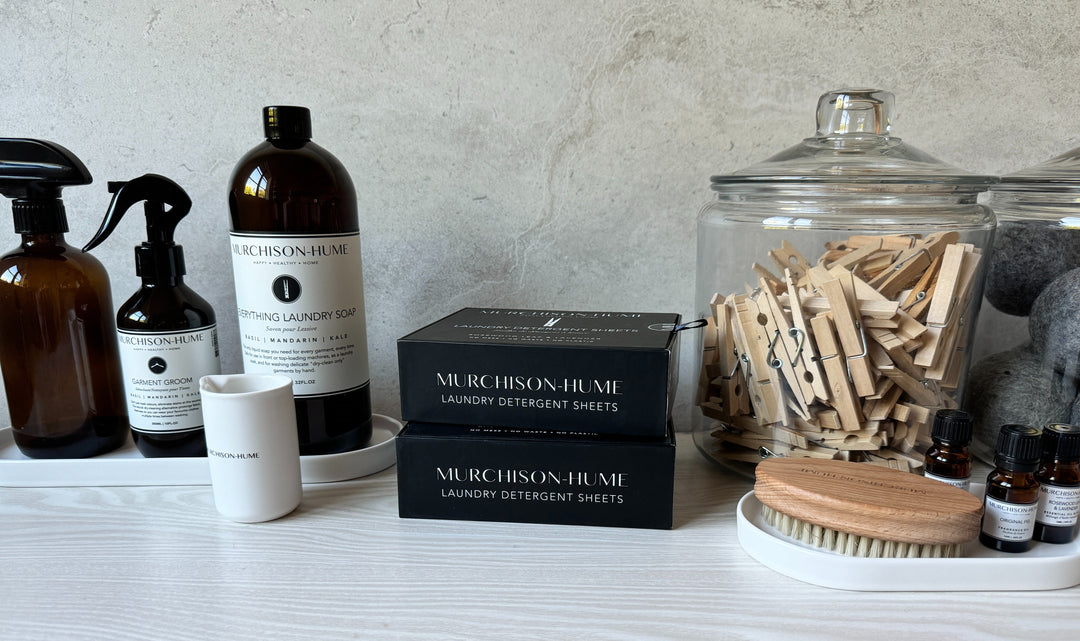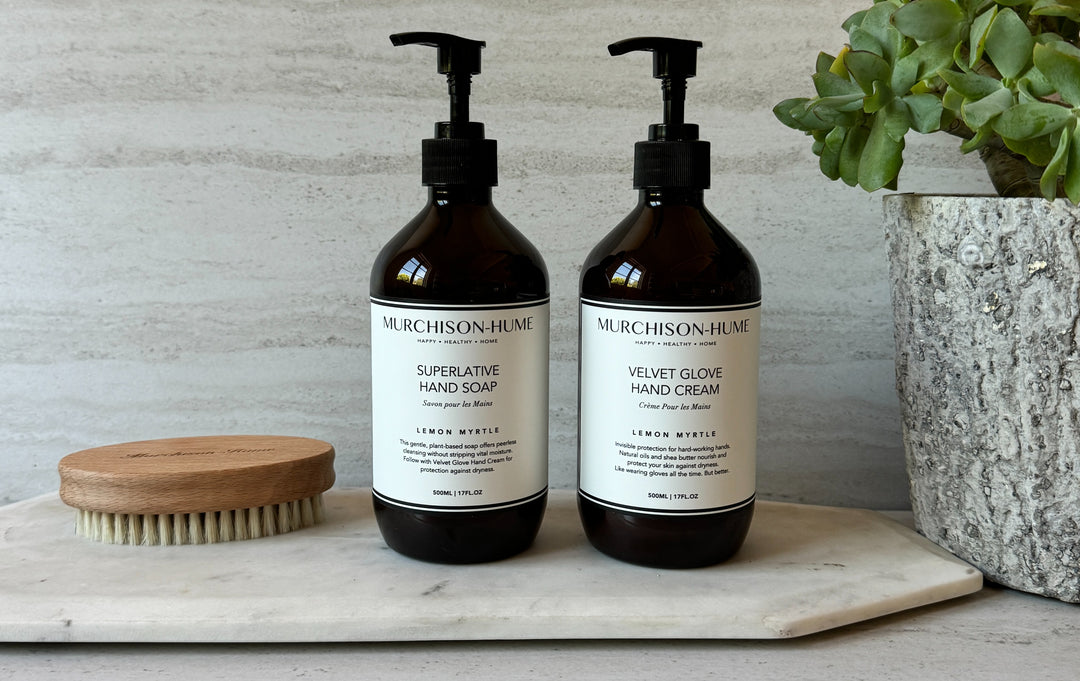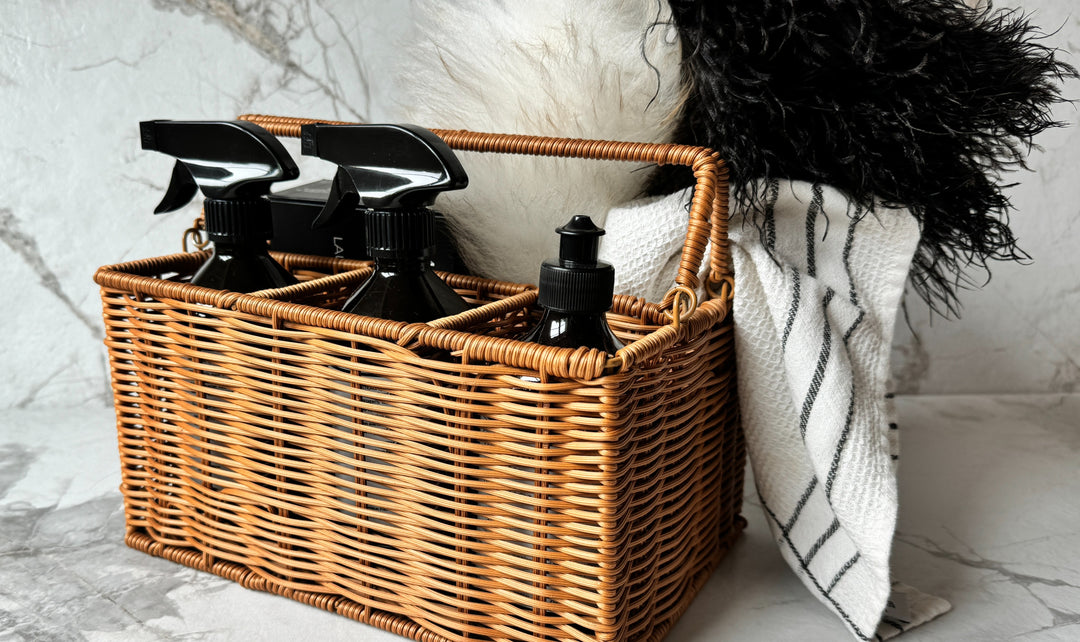I love a bouquet of fresh-cut flowers! Who doesn't? But store-bought flowers can be expensive, you have to know how to arrange them, and of course, you have to refresh the water every few days to keep them from getting swampy.
When I was a new Mom, we couldn’t afford to buy a bouquet every week, so I used to take my gardening gloves and a sharp pair of pruners with me while I was out for walks with the baby and snip a few branches of greenery to stick in a vase.
I used anything: an outcrop of new growth from the Eucalyptus trees in the park, colorful succulents from a median strip, or even some Ficus branches from our backyard. The funny thing is, I came to like my DIY greenery better than anything I could buy from a florist! Plus, I found that succulents, branches, and flowers I snipped myself lasted much longer than store-bought flowers. A lot longer.
Fast forward 20 years, and although I have a little more to spend on flowers, I’m still mostly doing my own centerpieces. I’ve learned how to make a tight, low table bouquet for a dinner party, or larger branches to make a statement display in the living room. When I remember, I snip something to use in the loo. It’s amazing how a little greenery goes a long way towards cheering up even the direst rental bathroom situation.
All you need is a good pair of pruners, some hardy kitchen scissors, gardening gloves, and a few vases in different sizes to make centerpieces at home.
Here’s how to do it:
- Place all of your branches or flowers into the sink or bathtub and give them a good rinse to remove dirt and any critters you may have brought home. Let them dry on a towel.
- I like to spread out some Kraft paper (or newspaper) on the kitchen table to help with clean up. Keep a dustpan and brush, and a paper bag handy and you can throw the whole thing into the Green Bin when you're finished.
- Take one stem and put it in the vase you are using to measure the height. TOP TIP: It's easier to arrange a tight bouquet before you move onto taller, arching arrangements. So, when you're still learning, try to keep the stems or flowers just above the height of the vase.
- Strip the leaves away from the stems or branches below the waterline. This will keep the water from keeping mucky too quickly.
- Try to keep all of the stems approximately the same height.
- Start in the middle and work your way out, making sure to use the tallest stems in the middle, and the shortest on the outside.
- Save the leaves! I think some greenery always makes an arrangement more natural-looking.
- Don’t forget to turn the vase around as you’re working, so it looks good from all sides.
It'll take practice to get the arranging down pat, but if you want to short-hand that skill set, these little vases have holes that are perfectly spaced to make styling stems a breeze.
A bouquet is nice, but good gardening tools and decorative vases are a thoughtful, practical way to display flowers all year long.
Life is a Special Occasion. Happy snipping!
xx, mlk







